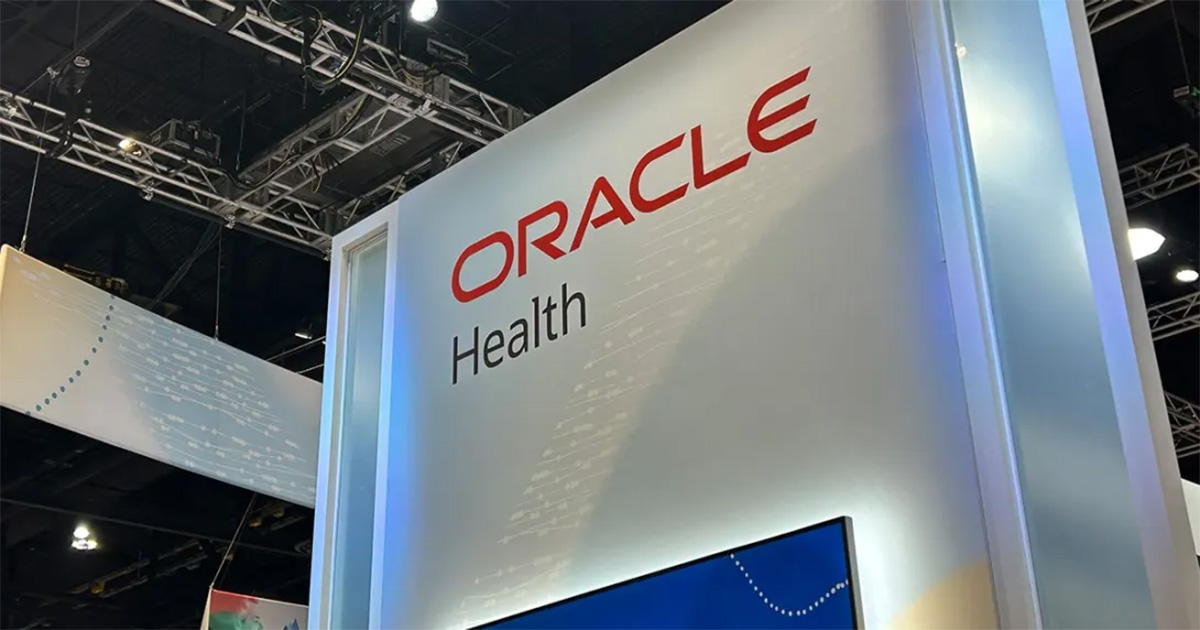Thanks to the bipartisan agreement authorizing approximately $16 billion to help veterans avoid the problems with health care that have long plagued the Department of Veterans Affairs, the bulk of VA IT support is headed largely in one direction.
VA IT budgeting has experienced steady growth over the past several fiscal years, culminating in a budget request of $4.03 billion in FY2015. VA spending has been focused on development of its own electronic health record system: VistA (Veterans Health Information Systems and Technology Architecture). This is as opposed to the common integrated health record called for through the Interagency Program Office (IPO) formed by the National Defense Authorization Act.
In February of last year, DOD and VA announced they would concentrate on integrating health data. The two organizations will use what was the Integrated Electronic Health Record (iEHR) to acquire infrastructure and data interoperability capability. The idea is to securely and reliably exchange standardized, normalized, and correlated health data with all partners through data exchange mechanisms such as data interoperability accelerators and single sign-on capabilities. This will improve the way the two organizations access, talk to, and understand each other.
[Q&A: 3 questions with IBM exec on Apple, Epic and the DoD.]
Let’s be frank: VistA, once considered a hallmark electronic health record system, has fallen behind the times. Nevertheless, the VA has decided to put almost all its eggs in this same basket. To understand how the VA’s FY15 budget is being directed in this near unilateral approach to solving the veteran’s health care problem, let’s look at the three most heavily budgeted VA programs.
Medical IT Support. Currently budgeted at $1.2 billion in steady state funding, this initiative fuels a set of systems and applications that provide the IT support for the Veterans Health Administration (VHA) and, in particular, VistA.
It’s important to remember that VistA is not merely the electronic health record for veterans, but also the administrative tool that enables the VA to do its job. VistA is a holistic view of the veteran that encompasses the history of interactions between the veteran and the VA.
Medical IT Support also funds the hardware and software required by the VHA. This investment is sort of a catch-all from a technology perspective, focusing on problems in the IT infrastructure such as server and helpdesk uptime, security vulnerabilities, and network congestion issues.
Medical 21st Century Development Core. This area is budgeted at $120.2 million for steady state funds, and $217.9 million for development, modernization and enhancement (DME). The Core funds the development of VistA Evolution — the VA’s iteration of next-generation electronic health records that will function as the VA-side of the interoperability platform with DOD mentioned earlier.
Additionally, this investment will develop the solution to support both the Virtual Lifetime Electronic Record (VLER) and the iEHR. It’s aimed at developing a common interface that sits on top of both the VA and Defense Health Agency (DHA) stacks. Much of the budget also is targeted to decommissioning legacy systems and ensuring that legacy information is properly replicated in modern databases.
[See also: Is iEHR really dead, or just getting a new face?]
While Congress authorized appropriations in excess of $250M for VistA Evolution, they only actually gave 25 percent of the total funds to the VA until the Department delivers a plan to Congress for how it will meet data standards set by the IPO.
To develop the VistA Evolution plan, the VA is looking to use some elements of the America Competes Act, which awards cash prizes for technology innovation. The VA employed a similar strategy in the development of its Blue Button technology, and awarded a $50,000 cash prize to that winning vendor.
Interagency 21st Century Core. This initiative has a steady state budget request of $57.6 million (down from $124.9 million in FY2014), and a DME budget request of $32.3 million (down only a fraction from last year’s $32.9 million). This fund invests in data interoperability accelerators, and working on the next iteration of VistA, or VistA 4.
The VistA 4 Product Roadmap includes the migration to a robust, efficient and scalable technology platform and outlines enhancements that facilitate Care Coordination and continuous quality improvement. The product roadmap incorporates significant functional enhancements and improved integration to clinical ancillary systems (laboratory, pharmacy and radiology) and the adoption of clinical coding standards that will improve interoperability among care settings and support evidence-based clinical decision support (CDS).
In short: All roads at the VA now lead to VistA. It will be interesting to follow VA’s plans for the latest bipartisan authorization — to find out whether that additional funding will continue to lead us all in the same direction.
Tom O’Keefe is senior analyst with immixGroup. He can be reached at tomas_okeefe@immixgroup.com.
Related articles:
Time to measure public health effectiveness
A look inside VA's clinical decision support toolkit wish list


